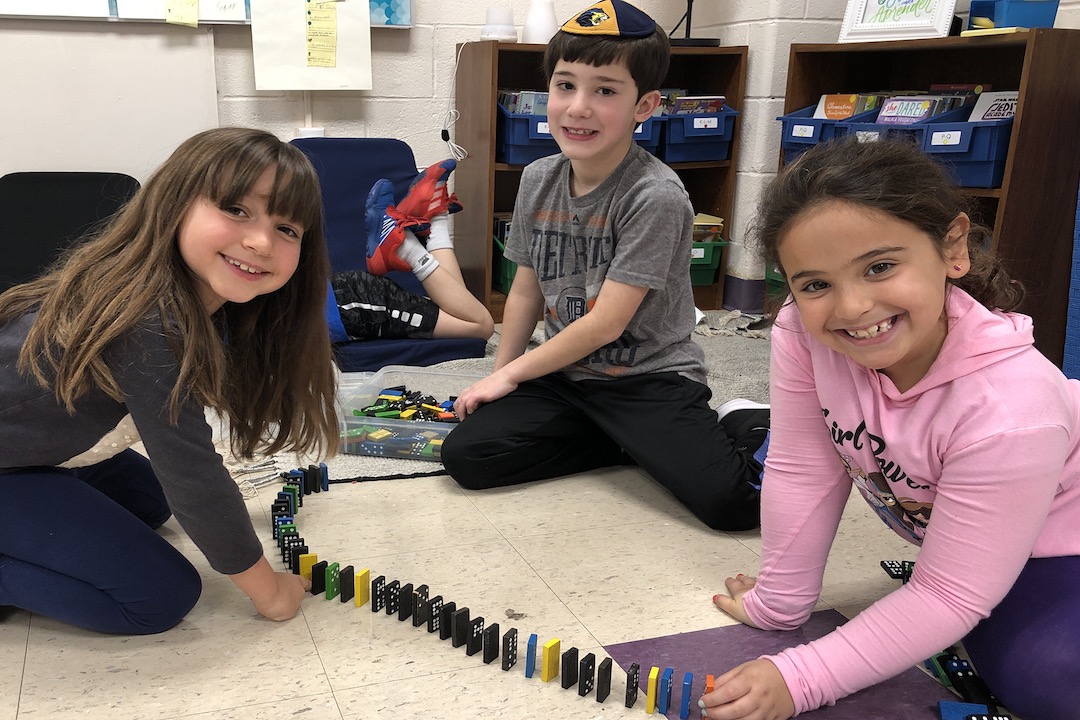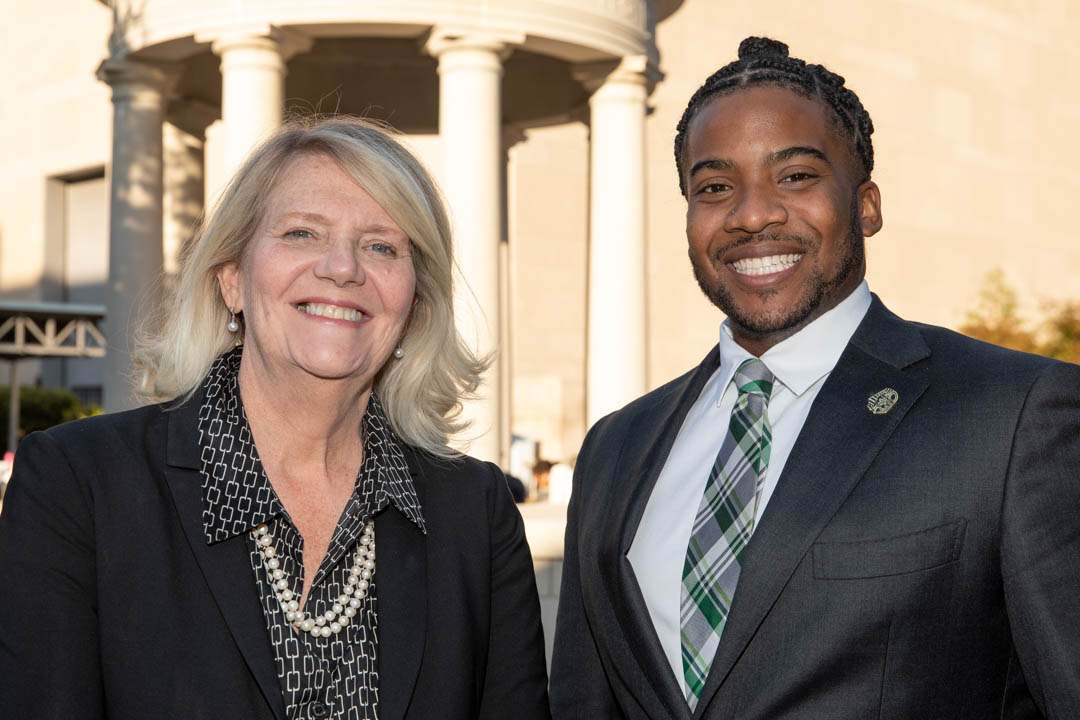By Tatyana Hopkins
When Jessie Nathans, a middle school art teacher at Charles E. Smith Jewish Day School (CESJDS), was first asked to incorporate STEM into her classroom, she was worried that science concepts would overwhelm her art curriculum and that she would find herself teaching science in an art room.
“As an art teacher, I had to make sense of how I was going to blend scientific thinking with artistic thinking, and how that would add value to my art class,” Ms. Nathans said. “I wanted to feel comfortable that I could continue teaching my field and not have to rethink art totally in terms of science.”
However, Ms. Nathans was not being asked to teach hard sciences such as biology or chemistry. Instead, she and every other teacher at CESJDS were charged with incorporating crosscutting concepts—broad core ideas that unify the study of STEM and other topics—into their classroom as part of a three-year collaboration with the George Washington University’s Graduate School of Education and Human Development.
The partnership, which began in 2016, was part of an effort to develop a school-wide curriculum that integrated STEM across general and Judaic disciplines in every grade and class of the CESJDS’ lower school. The curriculum was to be centered around six of the seven crosscutting concepts, which are topics that have common application across fields, according to the Next Generation Science Standards.
The crosscutting concepts CESJDS focused on were: scale, proportion and quantity; patterns; structure and function; cause and effect; stability and change; and systems and models.
In this order, one concept is addressed per grade, kindergarten through fifth, so that students are engaged with a theme for a full year in all of their classrooms and exposed to each by the time they enter middle school.
Alexis Soffler, CESJDS’ lower school STEM coordinator, said the crosscutting concepts help students organize information. She said that by focusing on one topic each year, students accumulate different problem-solving strategies.
“The problems that we are facing in the world are complex and though many involve STEM, the solutions are not exclusively STEM,” Dr. Soffler said. “Our hope is that if we give students pathways to solving novel problems using these structures, they are equipped to tackle these complex problems.”
To develop this ground-breaking STEM curriculum, GSEHD faculty and students met with CESJDS faculty weekly to design the program. CESJDS faculty participated in graduate level STEM seminars and workshops at GW, and GSEHD participants measured and documented the learning results of the curriculum.
As part of a lesson typography, fifth grade students studying systems illustrated and visually explained the meaning of a word related to systems.
Ms. Nathans was one of a core group of CESJDS faculty members to work with GSEHD on the project.
“There was a learning curve, but we worked with the GW team to understand the crosscutting concepts themselves and to think about how to apply them to our classroom,” she said.
She said although it took some time, she was able to tweak her existing lesson plan to include the crosscutting concepts. For example, she modified her lesson in conceptual illustration and typography for fifth graders learning about systems and models by having each student create illustrations based on words related to systems.
“I didn’t know if there were going to be enough systems for all of my students to choose a word,” Ms. Nathans said. “But that was my naïveté because systems are everywhere, and there are many, many words.”
She said it ended up being a “great” assignment with “wonderful art” with words such as weather, time, rock ‘n’ roll band and many others.
Other projects included “Robot Shabbat,” where robots were programmed to perform the rituals of the Jewish Sabbath after first-grade students studying patterns identified the typical activities of the weekly routine. Another project invited parents and grandparents into second-grade classes to be placed on an open number line—a number without a starting and ending number— to help students, who were learning about structure and function, determine how old their relatives were when they were born.
“The vision was to create units where students would be invited to make connections,” said Tiffany-Rose Sikorski, a GSEHD professor who helped facilitate the project. “This is the first example of a school using the crosscutting concepts to develop a STEM curriculum across an entire school.”
Dr. Soffler said she hopes to make the curriculum available to schools across the country.
“We hope to be able to share it through our STEM center,” she said. “We hope to share the material that we created with GW with other places interested in creating a cohesive STEM program.”




